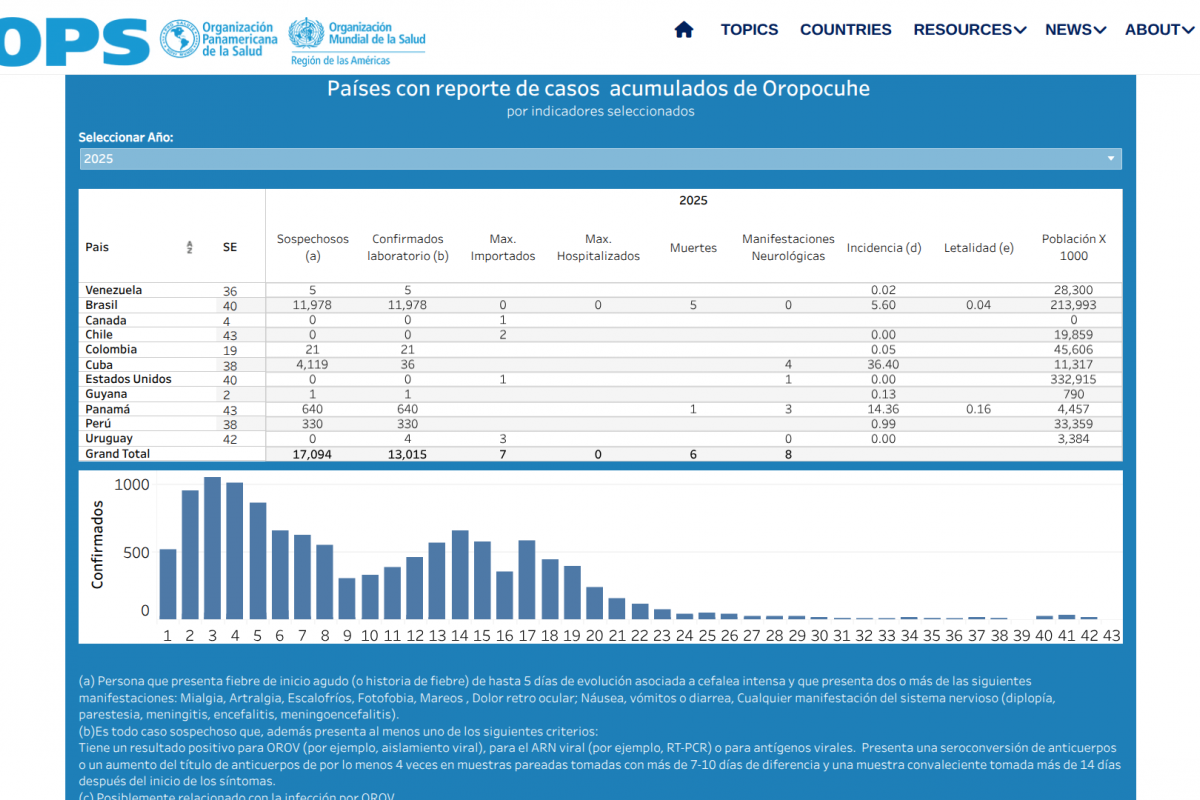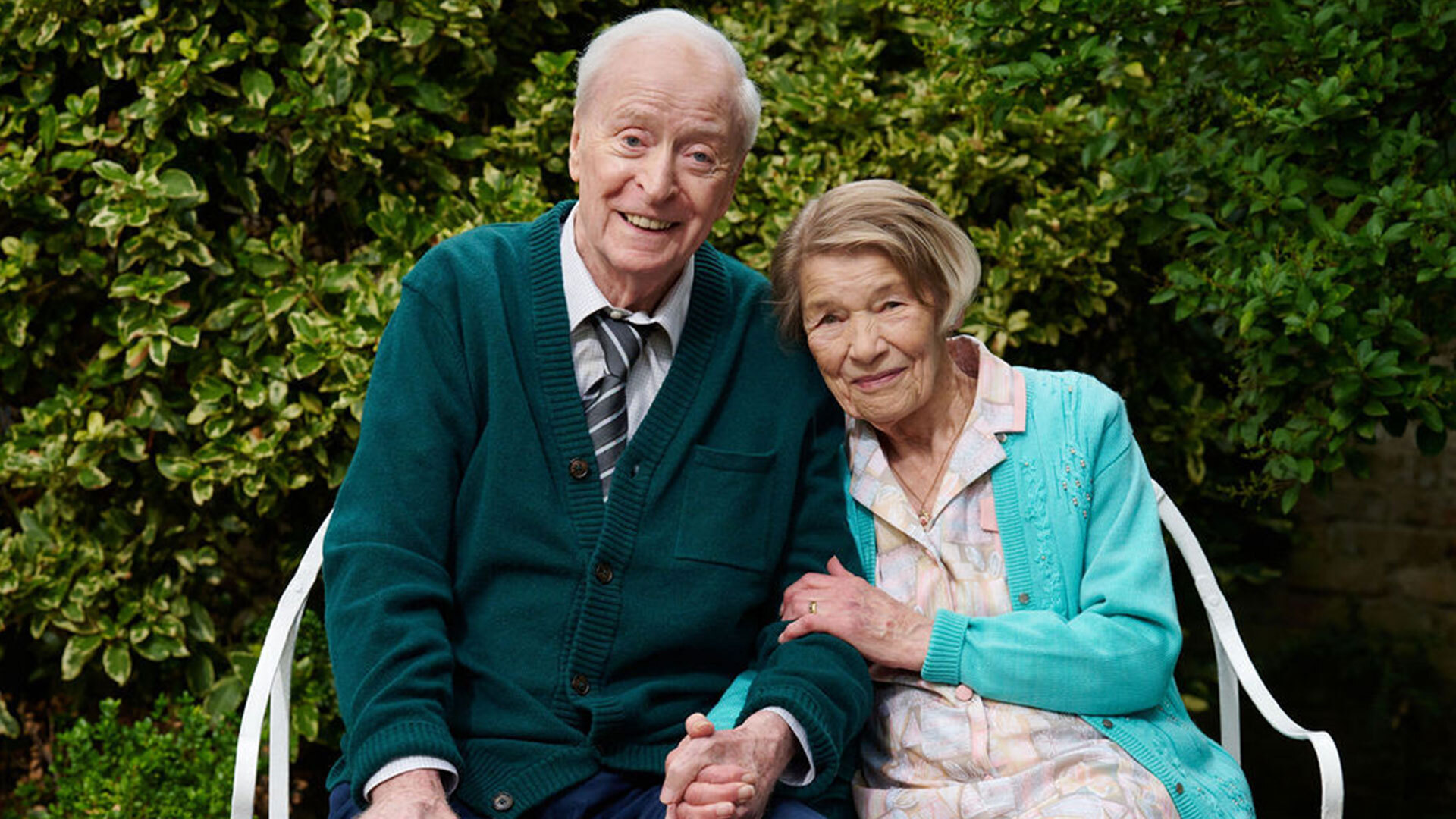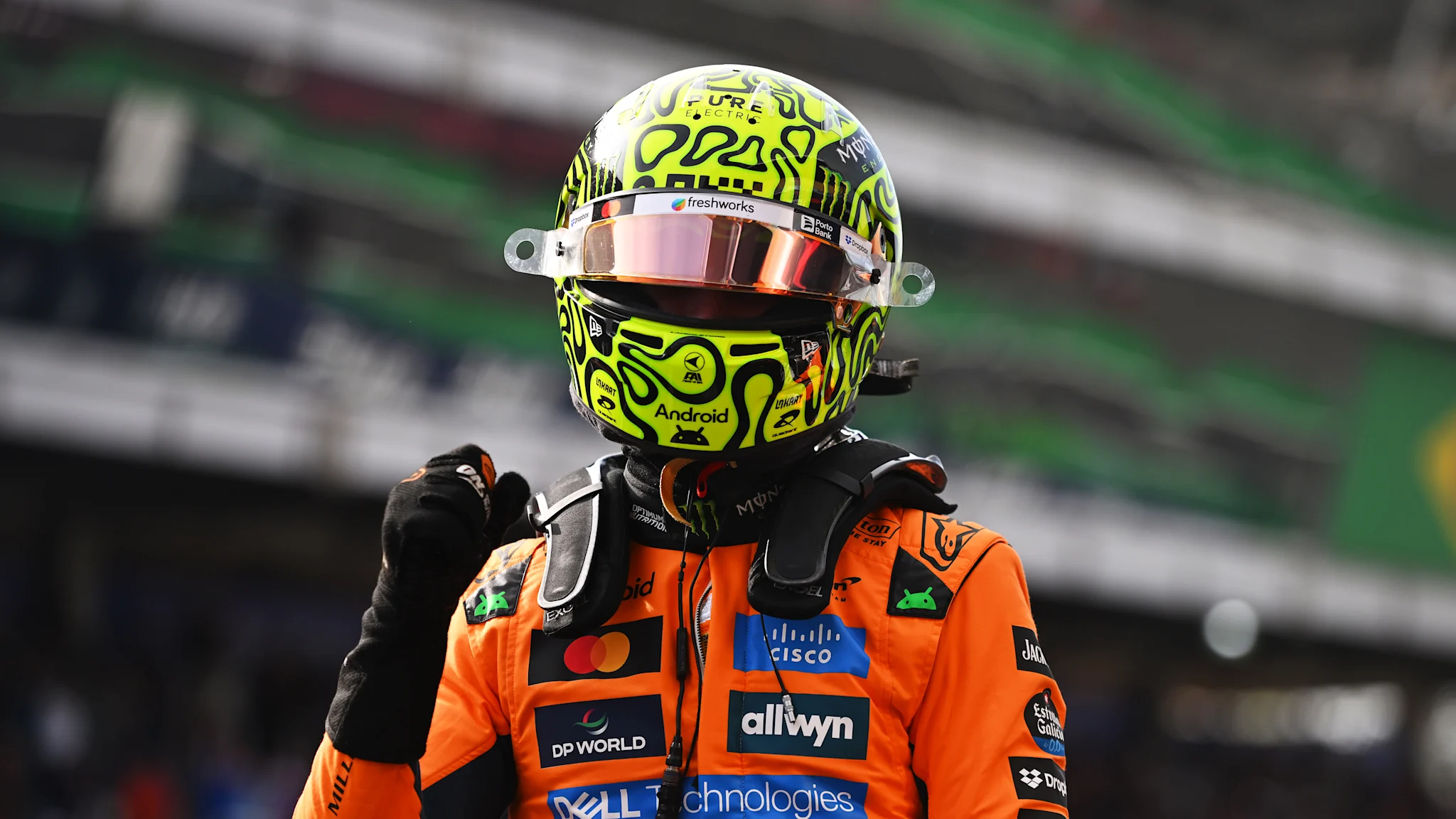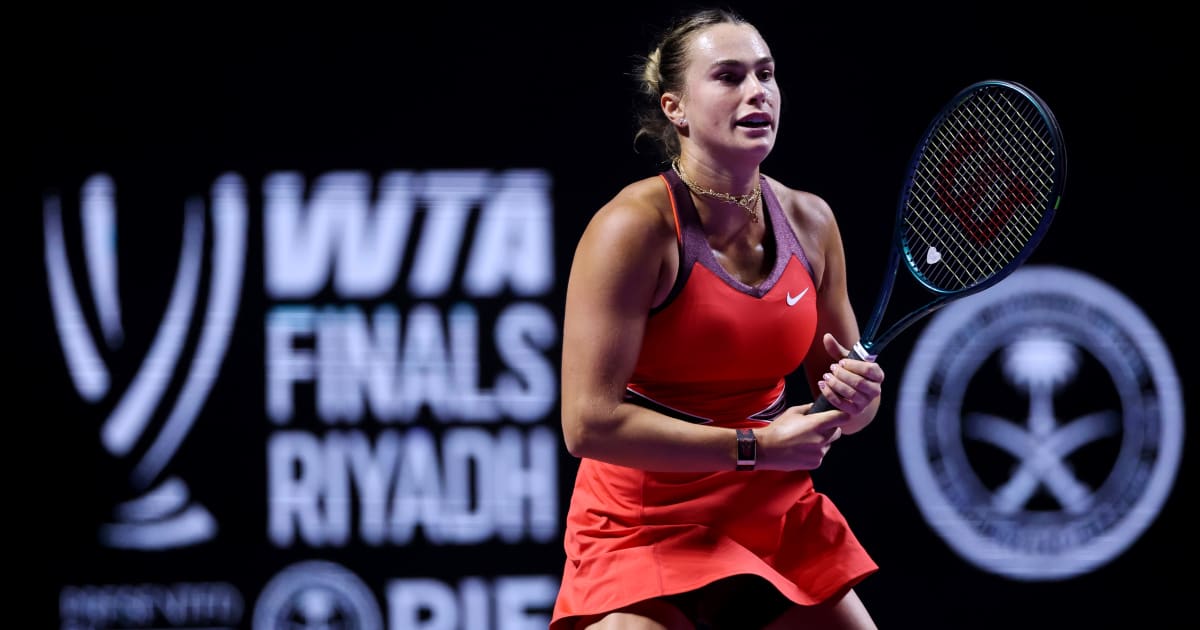When the U.S. Centers for Disease Control and Prevention (CDC) issued a Level 1 – Practice Usual Precautions notice in September 2025, it highlighted that the bites of infected midges and mosquitoes are spreading the…

When the U.S. Centers for Disease Control and Prevention (CDC) issued a Level 1 – Practice Usual Precautions notice in September 2025, it highlighted that the bites of infected midges and mosquitoes are spreading the…

The Great Escaper tells the true story of Bernard Jordan (Michael Caine) who made global headlines in the summer of 2014. He had staged a “great escape” from his care home to join fellow war veterans on a beach in Normandy, commemorating…

Lando Norris put in an impressive lap to take pole position during Sprint Qualifying at the Sao Paulo Grand Prix, the Briton beating Mercedes’ Kimi Antonelli and the other McLaren of Oscar Piastri to seal P1.
After setting a benchmark with his…

Experience NBA games like never before at Cosm. Every dunk, pass, and game-winning shot comes to life, putting you closer than courtside for the biggest plays and game-changing moments of the NBA season.
Below is a schedule of games that will be…

Young Miko is far from her home island of Puerto Rico, curled up in an oversized hoodie and tucked away in a quiet hotel room in south-central North Carolina. The lights are low and the room hums with stillness. It’s a rare moment of calm as,…

EXCLUSIVE: Here’s some nice casting. Oscar nominee Toni Collette (Knives Out) and Supergirl star Milly Alcock are teaming up to star in survival thriller Hot Mother, which is being lined up for a 2026 shoot in Australia.
In Hot Mother, a…

Elon Musk predicts Tesla’s Optimus robot will be a force for economic good — even if it ultimately eliminates much of the need for human labor.
While the humanoid robots are a production challenge and aren’t launching anytime soon, Tesla has demoed them handing out candy on Halloween, performing Kung Fu with Jared Leto, and dancing onstage at its recent shareholder meeting.
But Musk says he has an even bigger vision for the robots; he wants them to transform the economy.
“People often talk about eliminating poverty, giving everyone amazing medical care,” Musk said at the Thursday shareholder event. “There’s actually only one way to do that, and that’s with the Optimus robot.”
Musk later doubled down: “Optimus will actually eliminate poverty.”
Minutes earlier, the crowd cheered and broke out into chants of “Elon, Elon!” as shareholders approved Musk’s $1 trillion pay package. The Tesla CEO — who is the world’s richest person — will unlock up to $1 trillion in shares if Tesla achieves a series of lofty targets, including selling one million Optimus robots in the next decade.
Musk also said that Optimus would change life for incarcerated people at the meeting. Instead of physically jailing prisoners, Optimus could “follow you around and stop you from doing crime,” he said.
The robots would increase the global economy by a factor of 10, Musk said, or possibly even 100.
On Tesla’s third-quarter earnings call, Musk imagined a world of “sustainable abundance,” a goal outlined in Tesla’s Master Plan Part IV, with Optimus leading the way. An Optimus robot will have 5x the productivity of a human per year, Musk predicted, because it would be able to operate 24/7.
“There’s limit to much how much AI can do in terms of enhancing the productivity of humans, but there is not really a limit to AI that is embodied,” Musk said.
Musk also described how “sustainable abundance” and a robotic future will transform the economy in a recent interview with Joe Rogan.
“I came to the conclusion that the only way that the only way to get us out of the debt crisis and to prevent America from going bankrupt is AI and robotics,” Musk said.
Robots like Optimus will make working “optional” in the future, Musk said.
“We’ll have, in a benign scenario, universal high income,” Musk said. “Anyone can have any products or services that they want. But there will be a lot of trauma and disruption along the way.”
Musk isn’t the only business leader touting the prospects of a universal basic income. Musk’s friend-turned-foe Sam Altman ran a pilot studying basic income in 2024. Facebook cofounder Chris Hughes has expressed support for UBI, as has eBay founder Pierre Omidyar.
There’s an economic irony here, Musk told Rogan.
“The capitalist implementation of AI and robotics, assuming it goes down the good path, is actually what results in the communist utopia,” he said.
What will humans do in Musk’s robotic future? Certainly not working, Musk wrote in an October X post.
“AI and robots will replace all jobs,” he wrote. “Working will be optional, like growing your own vegetables, instead of buying them from the store.”
Musk is no stranger to making bold, highly ambitious predictions — he’s called himself “pathologically optimistic” and said that he has “an issue with time.”
Tesla is currently in the design stage for Optimus, which Musk has said has proven challenging — especially when it comes to the robot’s hands. Musk said that he eventually expects to be able to sell Optimus for $20,000 to $30,000 once the robots hit volume production.

Ozzy Osbourne’s family paid an emotional tribute to the late rock legend…

Aryna Sabalenka is back in a WTA Finals championship match.
The women’s tennis world No.1 came through a thrilling encounter with Amanda Anisimova on Friday (7 November) evening in Riyadh, finding a late surge in the third set to win 6-3,…